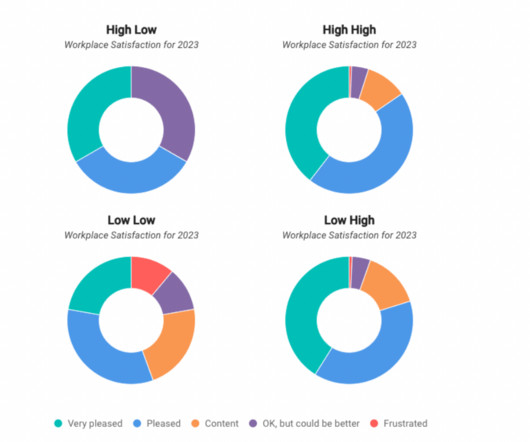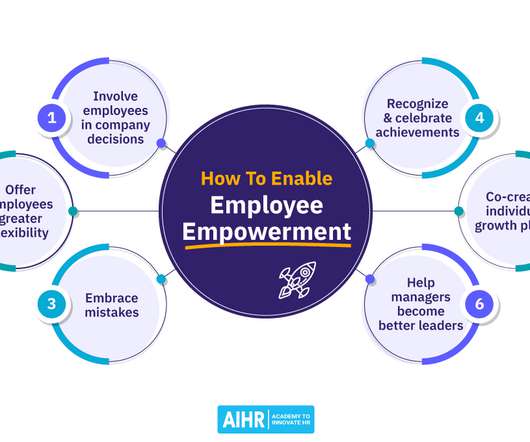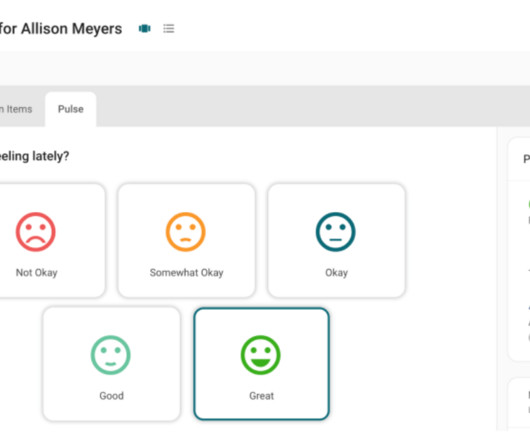Strategic Human Resource Management (SHRM): How to get started
Achievers
MAY 14, 2024
SHRM creates a competitive advantage for companies through a focus on employees, encouraging organizations to view team members as valuable assets that can drive organizational wins — if they’re empowered to succeed. SHRM involves everything from talent development , to workforce planning, to employee recognition programs.



























Let's personalize your content